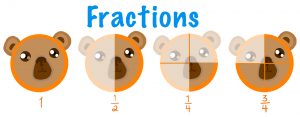F

Audio
Listen to an audio version of this page (2 min 55 sec):
Factor
|
piskic akitāsona |
|
Definition: Factors are numbers or expressions we can multiply together to get another number.
Examples
- 4 × 5 = 20; then 4 and 5 are factors of 20.
- 2 × 3 × 7 = 42; then 2, 3 and 7 are factors of 42.
- 3 × n = 20; then 3 and n are factors of 20.
Factoring
|
pa piskicipita |
|
Definition: It is the process of finding the factors for a number or expression.
Example
Find the factors for 5x-20, 24, and 36.
- [latex]5x-20=5(x-4)[/latex]. Therefore, the factors of 5x-20 are 5 and x-4.
- [latex]24=4×6[/latex]. Therefore, the factors of 24 are 4 and 6.
- [latex]36=2×2×3×3[/latex]. Therefore, the factors of 36 are 2, 2, 3, and 3.
Fifteen
|
neyânanosâp |
|
Definition: It is a counting number that is one more than fourteen. It is written as 15.
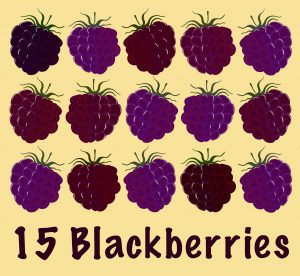
Fifth
|
mwecinîyânan |
|
Definition: It is the number five in a sequence. It is also written as 5th.
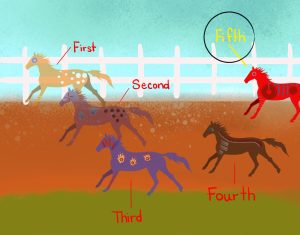
Fifty
|
nîyânanomitanaw |
|
Definition: It is a counting number equivalent to five sets of tens. It is written as 50.

First
|
mwecipeyakwâw |
|
Definition: It is before anything else, constituting number one in a sequence.
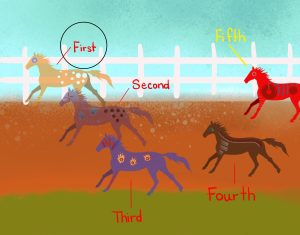
Five
|
nîyânan |
|
Definition: It is a counting number that is one more than four. It is written as 5.

Form
|
kayisenakwahk |
|
Definition: The manner or style of arranging and coordinating parts [6].
Examples
- standard form: [latex]3x+2y=7[/latex]
- exponential form: [latex]3×3×3×3×3=3^5[/latex]
- expanded form: [latex]537=5×100+3×10+7×1[/latex]
Forty
|
nêwomitanaw |
|
Definition: It is a counting number equivalent to four sets of tens. It is written as 40.
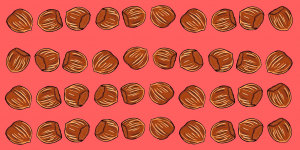
Four
|
nêwo |
|
Definition: It is a counting number that is one more than three.
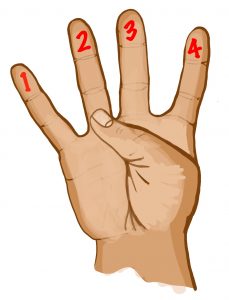
Fourth
|
mwecinewiyihk |
|
Definition: It is the number four in a sequence.
Fourteen
|
nêwosâp |
|
Definition: It is a counting number that is one more than thirteen. It is written as 14.

Fraction
|
pahki akihtāson |
|
Definition: A fraction represents a part of a whole object. It is written with a number on the top of a line, called a numerator and another number on the bottom, called a denominator.
Examples of Fractions
- [latex]\frac{3}{4}[/latex]
- [latex]\frac{x}{2y}[/latex]
- [latex]\frac{2x-1}{3x^2+7}[/latex]
